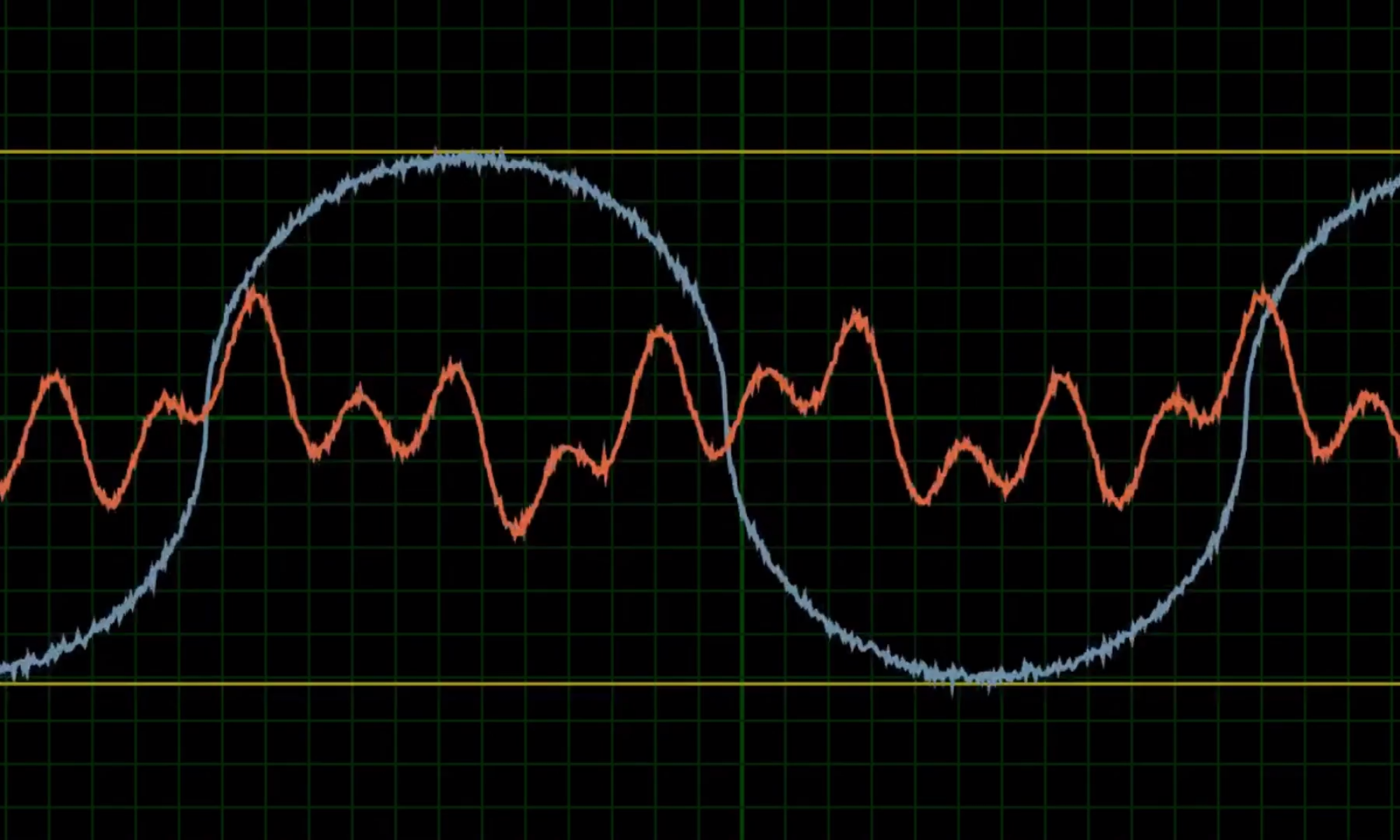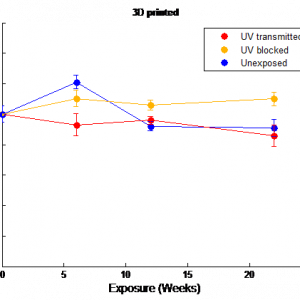Selective laser sintering (SLS), a form of 3D printing, is becoming an increasingly wide-spread method for polymer manufacturing. However, as SLS is a relatively modern form of technology, research into the degradation of sintered polymers due to ultraviolet radiation is limited. As polymers are commonly used in outdoor applications, behaviour under UV exposure is an important indicator of material reliability. Therefore, this study assesses the degradation of injection moulded and sintered nylon 12 through natural and accelerated exposure to ultraviolet (UV) light. The rate of tensile strength degradation of sintered nylon in comparison to injection moulded nylon and the relative effect of natural and accelerated exposure on tensile strength is studied. The natural exposure occurred over a span of 22 weeks with tensile testing conducted at intervals to determine the rate of degradation. The natural exposure consisted of two testing boxes, exposure to UV, visible and infrared radiation (UV transmitted) and exposure to visible and infrared radiation (UV blocked). After 22 weeks of natural exposure, the tensile strength of the UV transmitted nylon has decreased by approximately 19.0% and 3.6% for the injection moulded and sintered parts, respectively. In contrast, the strength of nylon exposed to only visible and infrared wavelengths (UV blocked) has decreased by 7.4% and increased by 2.5% for the injection moulded and sintered parts, respectively. The accelerated testing caused a 4.5% and 3.1% reduction in the tensile strength of the injection moulded and sintered parts, respectively. We suggest the differences between the rates of injection moulded and sintered nylon degradation may be due to differences in the material microstructure, primarily the degree of crystallinity.
Shrena Shah completed this project for her Mechanical Engineering Masters project. She was supervised by Tim Sercombe in Materials Engineering and worked closely with the SHL research engineers on the UV testing.


